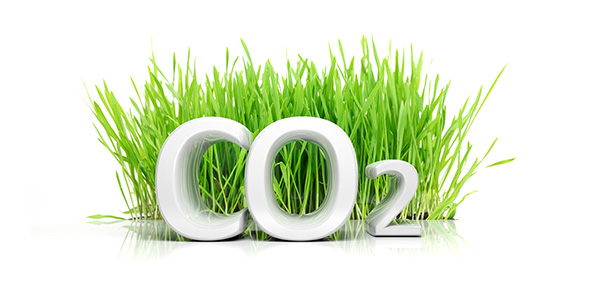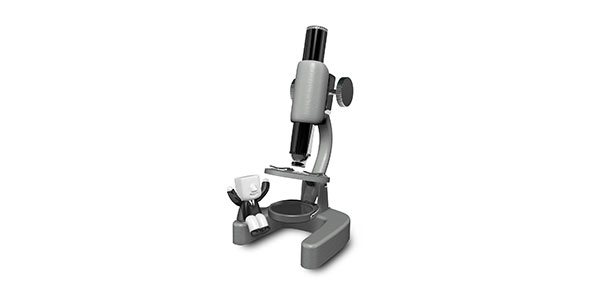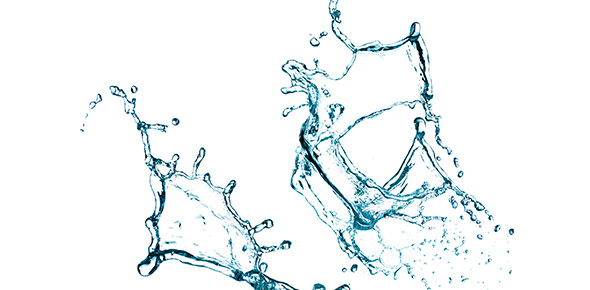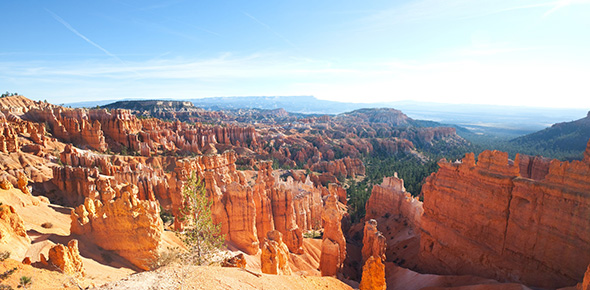Related Flashcards
Related Topics
Cards In This Set
| Front | Back |
|
What is the global wind belt
|
The Coriolis effect and other factors combine to produce a patter of calm areas and wind belts around the earth.
|
|
The calm are includes:
|
The doldrums and the horse latitudes.
|
|
The major global wind belt are:
|
The trade winds, the polar easterlies, and the prevailing westerlies.
|
|
Describe the Doldrums
|
Doldrums are a calm area near the equator where warm air rises. Near the equator, the sun heats the surface strongly. Warm air rises steadily creating an area of low pressure. Cool air moves into the area, but is warmed rapidly and rises before it moves very far. There is little horizontal motion, so winds near the equator are weak. Regions near the equator with little wind are called the doldrums.
|
|
Describe the Horse Latitudes:
|
Horse Latitudes are clams areas of falling air. Warm air that rises at the equator divides and flows both north and south. At about 30 degrees north and south latitudes, the air stops moving toward the poles and sinks forming another belt of calm air. Hundreds of years ago sailors becalmed in these waters ran out of food and water for their horses and had to throw them overboard.
|
|
Describe Trade Winds.
|
Trade Winds blow from the horse latitudes toward the equator. When the cold air over the Horse latitudes sinks, it produces a region of high pressure. The pressure causes the surface winds to blow towards the equator and away from it. The Coriolis effect causes the wind blowing toward the equator to turn west. For hundreds of years, traders relied upon these winds to move ships from Europe to the West Indies and South America. That's why they are called trade winds.
|
|
Describe Prevailing Westerlies.
|
Prevailing Westerlies blow away from the Horse Latitudes toward the poles. In mid-latitudes, between 30 degrees and 60 degrees north and south winds that blow toward the poles are turned east by the Coriolis effect. Because they blow from west to east, they are called prevailing westerlies. The prevailing westerlies play an important role in the weather in the United States.
|
|
Describe Polar Easterlies
|
Polar Easterlies blow cold air away from the poles. cold air near the poles sinks and flows back toward lower latitudes. The Coriolis Effect shits these polar winds to the west, producing Polar Easterlies. The meet the Polar Westerlies at about 60 degrees north and 60 degrees south, along a region called the polar front. The mixing of warm and cold air has a major effect on weather in the United States.
|
|
What are Jet Streams.
|
About 10 kilometers above the earth's surface are bands of high speed winds called jet streams. They are hundreds of kilometers wide but only a few meters deep. They generally blow from west to east at speeds of 200 to 400 kilometers per hour. See map on page 52.
|
|
What is wind?
|
Winds are caused by differences in air pressure.
|
|
How is wind related to air temperature and air pressure.
|
Most differences in air pressure (which cause winds) are caused by unequal heating of the atmosphere. As air is heated it expands and becomes less dense. As it becomes less dense, its pressure decreases. If nearby air is not heated, it is cooler, more dense and has a higher pressure. The cool air flows underneath the warm air, and forces the warm air to rise.
|
|
What is wind chill?
|
Wind blowing over skin removes body heat. The stronger the wind, the colder you feel. This increased cooling is called the wind chill factor.
|
|
What are local winds?
|
Local Winds are winds that blow over a short distance. Local winds are caused by the unequal heating of earth's surface within a small area.
|
|
What is a sea breeze?
|
A sea breeze or a lake breeze is a local wind that blows from an ocean or lake. Land heats up faster than water, so during the day warm air over land expands creating less dense low pressure area. Cooler air from the water flows inland under the warmer air over the land.
|
|
What is a land breeze
|
A land breeze is a breeze is a flow of air from land to a body of water. At night the opposite happens. land cools more quickly than water, so the warm air over the water expands, and rises as the cooler land air flows underneath it.
|








